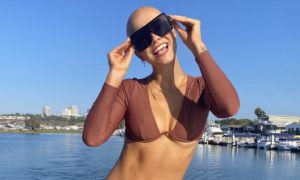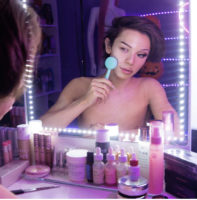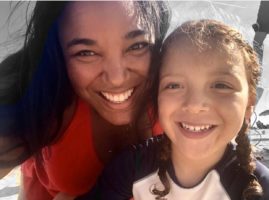-
Kanani shared a letter in the
 Health, Wellness and Chronic Conditions group 1 years, 2 months ago
Health, Wellness and Chronic Conditions group 1 years, 2 months ago This post is viewable by the Unsealed community only.
Sign Up
Sign Up
Sign Up Sign Up Sign Up Sign Up Sign Up Sign Up Sign Up Sign Up Sign Up Sign Up Sign Up Sign Up Sign Up Sign Up Sign Up Sign Up Sign Up Sign Up Sign Up Sign Up Sign Up Sign Up Sign Up Sign Up Sign Up Sign Up Sign Up Sign Up Sign Up Sign Up Sign Up Sign Up Sign Up Sign Up Sign Up Sign Up Sign Up Sign Up Sign Up Sign Up Sign Up Sign Up Sign Up Sign Up Sign Up Sign Up Sign Up Sign Up Sign Up Sign Up Sign Up Sign Up Sign Up Sign Up Sign Up Sign Up Sign Up Sign Up Sign Up Sign Up Sign Up Sign Up Sign Up Sign Up Sign Up Sign Up Sign Up Sign Up Sign Up Sign Up Sign Up Sign Up Sign Up Sign Up Sign Up Sign Up Sign Up Sign Up Sign Up Sign Up Sign Up Sign Up Sign Up Sign Up Sign Up Sign Up Sign Up Sign Up Sign Up Sign Up
Sign Up Sign Up Sign Up Sign Up Sign Up Sign Up Sign Up Sign Up Sign Up Sign Up Sign Up Sign Up Sign Up Sign Up Sign Up Sign Up Sign Up Sign Up Sign Up Sign Up Sign Up Sign Up Sign Up Sign Up Sign Up Sign Up Sign Up Sign Up Sign Up Sign Up Sign Up Sign Up Sign Up Sign Up Sign Up Sign Up Sign Up Sign Up Sign Up Sign Up Sign Up Sign Up Sign Up Sign Up Sign Up Sign Up Sign Up Sign Up Sign Up Sign Up Sign Up Sign Up Sign Up Sign Up Sign Up Sign Up Sign Up Sign Up Sign Up Sign Up Sign Up Sign Up Sign Up Sign Up Sign Up Sign Up Sign Up Sign Up Sign Up Sign Up Sign Up Sign Up Sign Up Sign Up Sign Up Sign Up Sign Up Sign Up Sign Up Sign Up Sign Up Sign Up Sign Up Sign Up Sign Up Sign Up Sign Up Sign Up Sign Up Sign Up
Support + Contribute Once






7879 / 5000 Inspire